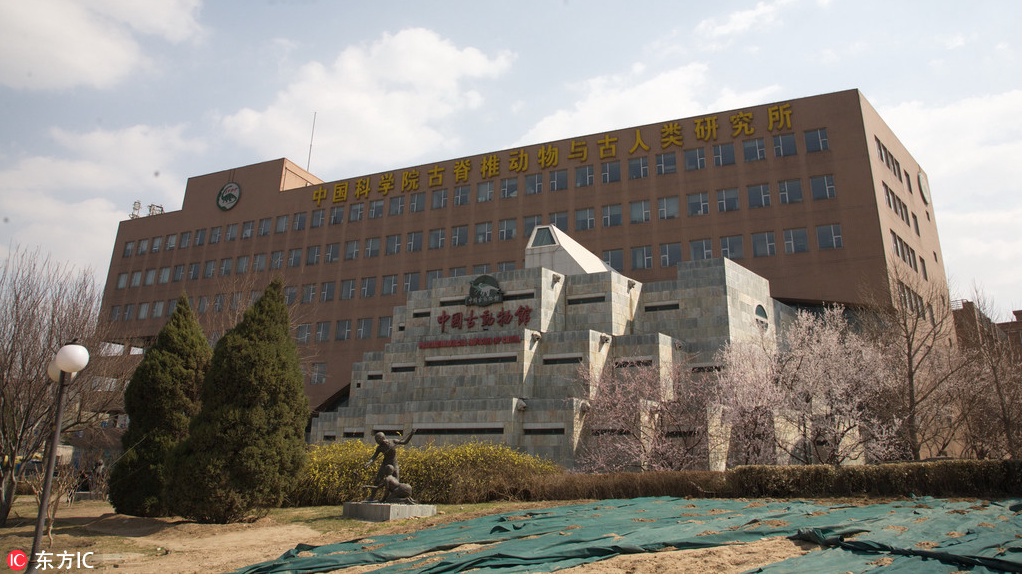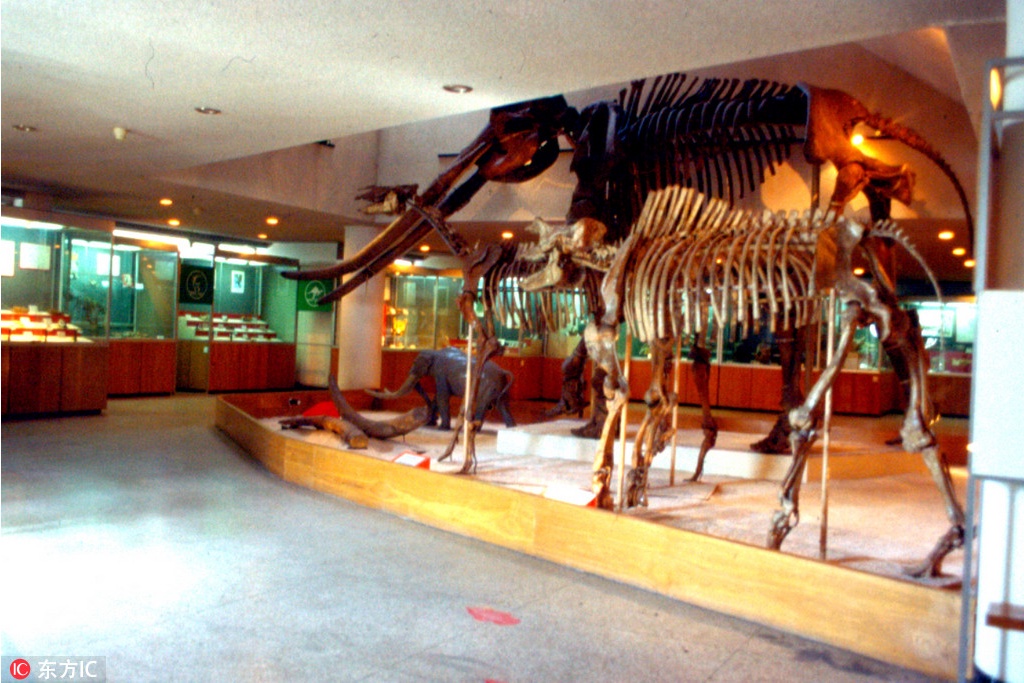Nestled in Xicheng District, the Paleozoological Museum of China (PMC) is founded by the Institute of Vertebrate Paleontology and Paleoanthropology (IVPP). Taking paleontological fossils as the carrier, it is the largest specialized paleozoological museum in Asia and China's first natural science museum exclusively devoted to systematically popularizing knowledge of paleontology, paleoecology, paleoanthropology and the theory of evolution.
Treasured exhibits displayed in the museum include: Latimeria, a "living fossil" lobe-finned fish from Africa; Mamenchisaurus, Asia's largest dinosaur; Lufengosaurus huenei, the first dinosaur occurred in China; Stegodon zdanski, commonly known as "The Yellow River elephant" which has made into the elementary school's textbook in China; and the skull models of the mysterious "Peking Man". The PMC was officially open to the public in December 1995.

The Museum is divided into two sub-museums, namely, Museum of Vertebrate Paleontology and the Shu-hua Museum of Paleoanthropology and four exhibition halls, including Fossil Fish and Amphibian Hall, Fossil Reptile and Bird Hall, Fossil Mammal Hall and Fossil Hominid and Artifact Hall. More than 800 exhibit items displayed in the museum are epitome of over 200,000 specimens collected by the IVPP in recent 100 years. These exhibit items represent a wide spectrum of fossil specimens, paleolithic specimens and models, spanning from the Devonian period (over 400 million years ago) to the Prehistoric period (10,000 years ago), displaying natural heritages and relics of prehistoric animals and hominids and their evolutional processes.

The PMC is basically composed of the World of Dinosaurs, Fossil Fish Hall, Fossil Reptile Hall and Fossil Mammal Hall. It is exclusively devoted to reproducing the origins and evolutional histories of vertebrate animals, and demonstrating well-preserved vertebrate fossils deposited in marine and continental stratum in different periods and related research results achieved in the field in China, by means of fossil exhibition and others. Ranging from jawless fishes to bony fishes and cartilaginous fishes, from amphibians to reptiles, from habitat-dominating dinosaurs, mammals dominating the world to anthropoid apes evolving into early homosapiens, fossils of all kinds are exhibited in the museum and reproduce the development history of vertebrates clearly.
Opening Hours
9:00-16:30 (tickets sold until 16:00), closed on every Monday
Ticket Information
20 yuan for adults; 10 yuan for children above 1.2m, students and the aged; free ticket for the disabled and children below 1.2m; 3D film ticket: 10 yuan / person.
Official Website:
http://www.paleozoo.cn/index.html
Phone:
010-88369280 010-88369210 010-88369315
Address:
No. 142 (on the south side of the road 300m to Beijing Zoo in the west; 50m to Beijing Planetarium in the west), Xizhimenwai Street, Xicheng District, Beijing
Traffic Information
Bus Route:
take Bus 27, 714, 716, 732, 708, 808, 814, 902, 962, 347, 360, 362, 601, 105 tramcar, 107, 111, Yuntong 104, 105, 106 to Beijing Zoo or Baishiqiao Station; or to Subway Xizhimen Station, transfer a bus westward along Xizhimenwai Street to Baishiqiao Station, and walk eastward 200m to the south of the street.
Subway Route:
Take Subway Line 4 to Beijing Zoo Station, walk straight from the Entrance D (Southwest) to the destination.



